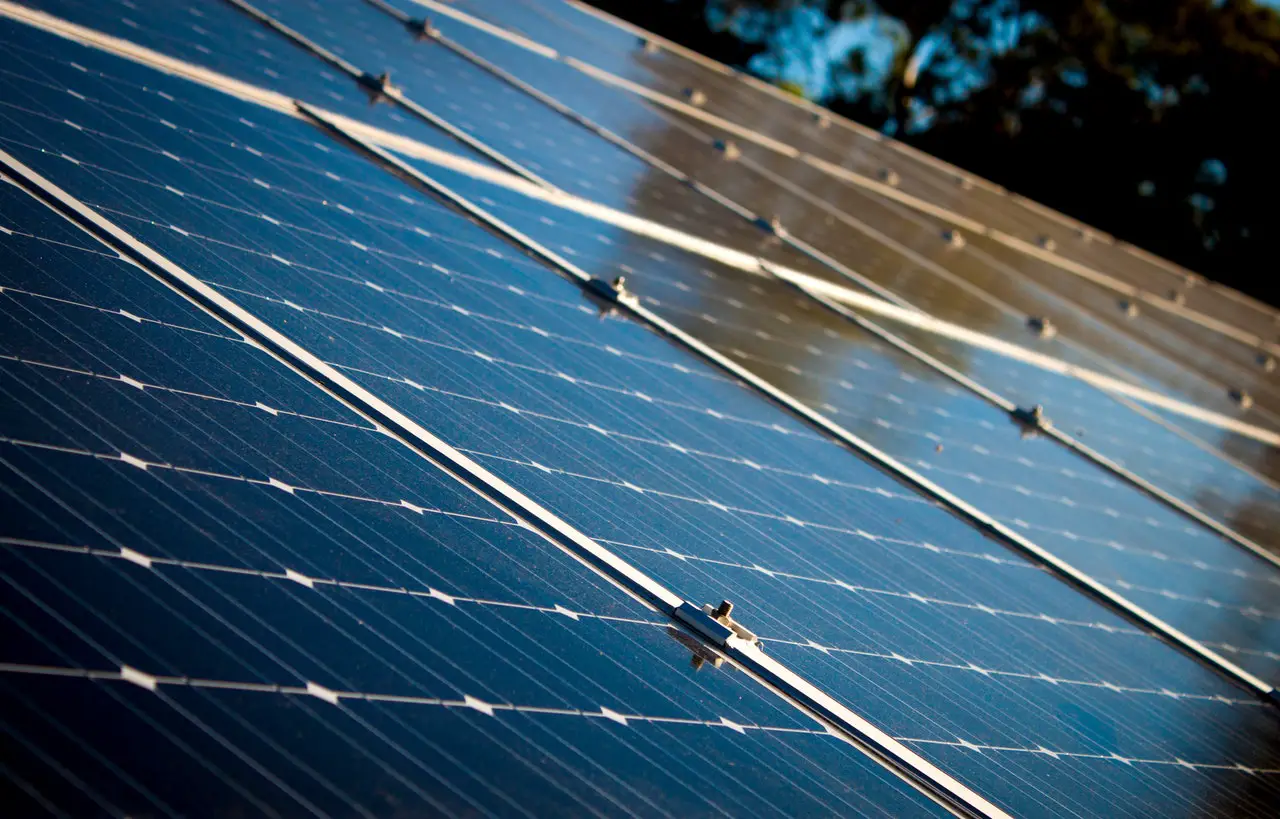 The sun throws four thousand times more energy every year on Earth than the one consumed in the whole world. The German scientists Gerhard Knies and Franz Trieb affirm that it would suffice to cover with solar collectors a small part (0.5%) of the hot deserts to satisfy the electrical needs of the whole world. As indicated by its own name, solar energy is based on the use of radiation from the sun. One of the possibilities is to transform this energy into electricity, an application that according to the Worldwatch Institute data, in its report “Renewables 2005 Global Status Report”, had at the end of 2004 with a global installed capacity of 4.4 GW. Of these, 4 GW corresponded to photovoltaic and 0.4 GW to thermoelectric solar.
The sun throws four thousand times more energy every year on Earth than the one consumed in the whole world. The German scientists Gerhard Knies and Franz Trieb affirm that it would suffice to cover with solar collectors a small part (0.5%) of the hot deserts to satisfy the electrical needs of the whole world. As indicated by its own name, solar energy is based on the use of radiation from the sun. One of the possibilities is to transform this energy into electricity, an application that according to the Worldwatch Institute data, in its report “Renewables 2005 Global Status Report”, had at the end of 2004 with a global installed capacity of 4.4 GW. Of these, 4 GW corresponded to photovoltaic and 0.4 GW to thermoelectric solar.
But the generation of electricity is not the only way to take advantage of solar energy. It is also possible to use it in the form of heat, that is, to use it in heating systems or domestic hot water. According to the aforementioned report, the installed global capacity was 77 GWth at the end of 2004.
Throughout this article we will focus on the use of solar energy for power generation, an application that according to the Worldwatch Institute has had the highest average percentage growth in recent years of all renewable energy used for power generation. Due to its strong growth, it will become one of the energy pillars in the world in the coming years.
Current technologies
Currently, there are two different technologies for generating electricity from solar radiation. The first of these, called photovoltaic technology, consists in transforming solar radiation directly into electricity. The second possibility, called solar thermal technology, is based on using solar radiation to heat a fluid and use it in a conventional thermodynamic cycle.
Photovoltaic solar technology
Photovoltaic solar technology consists of the transformation of solar radiation into electricity through the so-called photovoltaic cells. Using the so-called photoelectric effect and taking advantage of the properties of semiconducting materials, these cells generate direct current as light strikes them, a current that is then transformed into alternating current for its use. The photovoltaic cells commonly used are crystalline silicon, although the use of new materials is already being investigated.
Photovoltaic modules
The photovoltaic modules, which are formed by a set of cells, can be installed in different ways. The fixed modules are the simplest and most reliable because they do not have moving parts, but their performance is lower than other alternatives. Another possibility is to incorporate followers, which are electromechanical equipment that orient the photovoltaic module so that it is always directed towards the sun. As a consequence, its performance is greater than that of the fixed modules. It is also possible to use concentrators, which are elements that capture and concentrate energy on high efficiency solar cells.
Parallel to the advances in photovoltaic modules, we are currently working on the development of thin film technology, based on compounds such as amorphous silicon or CIS / CIGs, which is very promising.
Thermoelectric solar technology
Thermoelectric solar technology is based on the conversion of radiated energy into heat, later used in a thermodynamic cycle. Its main component is the collector, element of the installation through which circulates a fluid that absorbs solar energy, heating and then operating a turbine that generates electricity.
There are different types of facilities, although probably the most important at present are the tower, parabolic cylindrical collector (CCP), parabolic disk and hybrid systems with combined cycle.
In the so-called central receiver systems (tower technology), solar radiation is captured by means of a set of mirrors (called heliostats) that reflect the sunlight, concentrating it in a single point (receiver) located in a central tower (see Figure 3). Its operation is based on three elements:
The heliostats, which follow the movement of the sun during the day, concentrating the light on the receiver.
The receiver, which transfers the received heat to a working fluid (which can be water, molten salts, etc.), responsible for transmitting the heat to another part of the solar thermal power plant.
Generally, the heat is transmitted to a water tank, obtaining high temperature steam for thermal uses or electricity production by the movement of a turbine.
Want to get more info? See what successful entrepreneur, Feras Antoon, has to say about the future of solar power.










